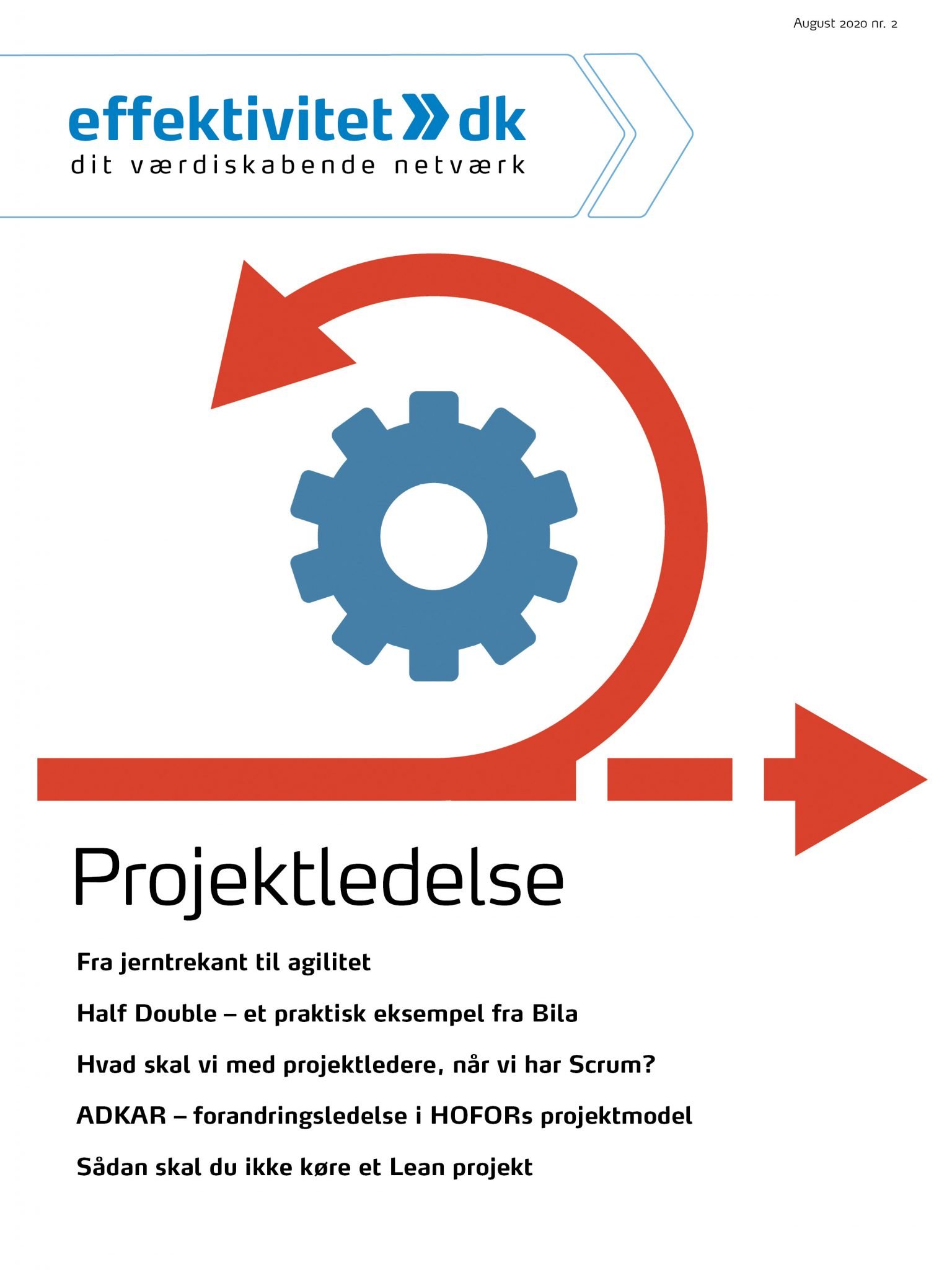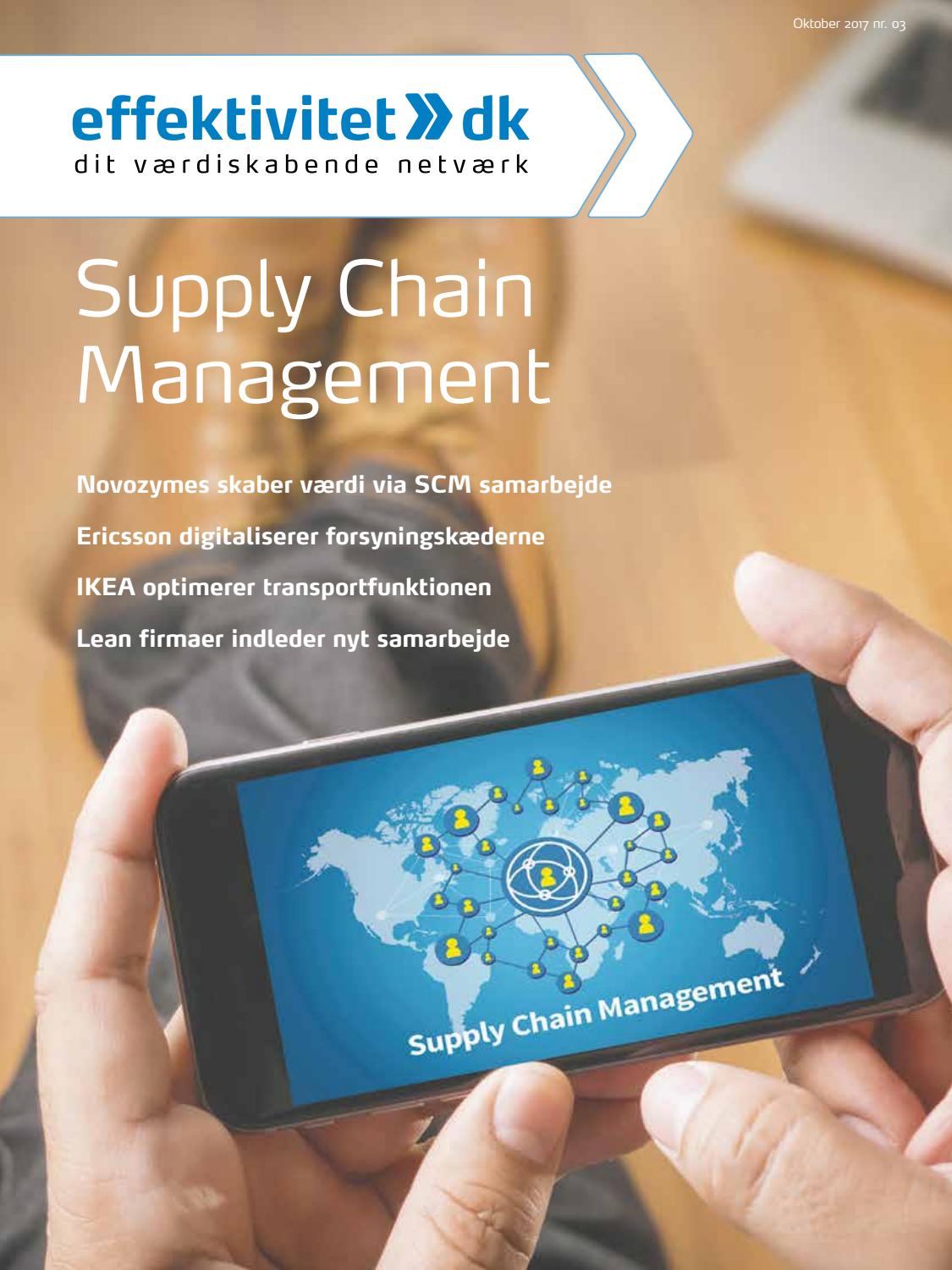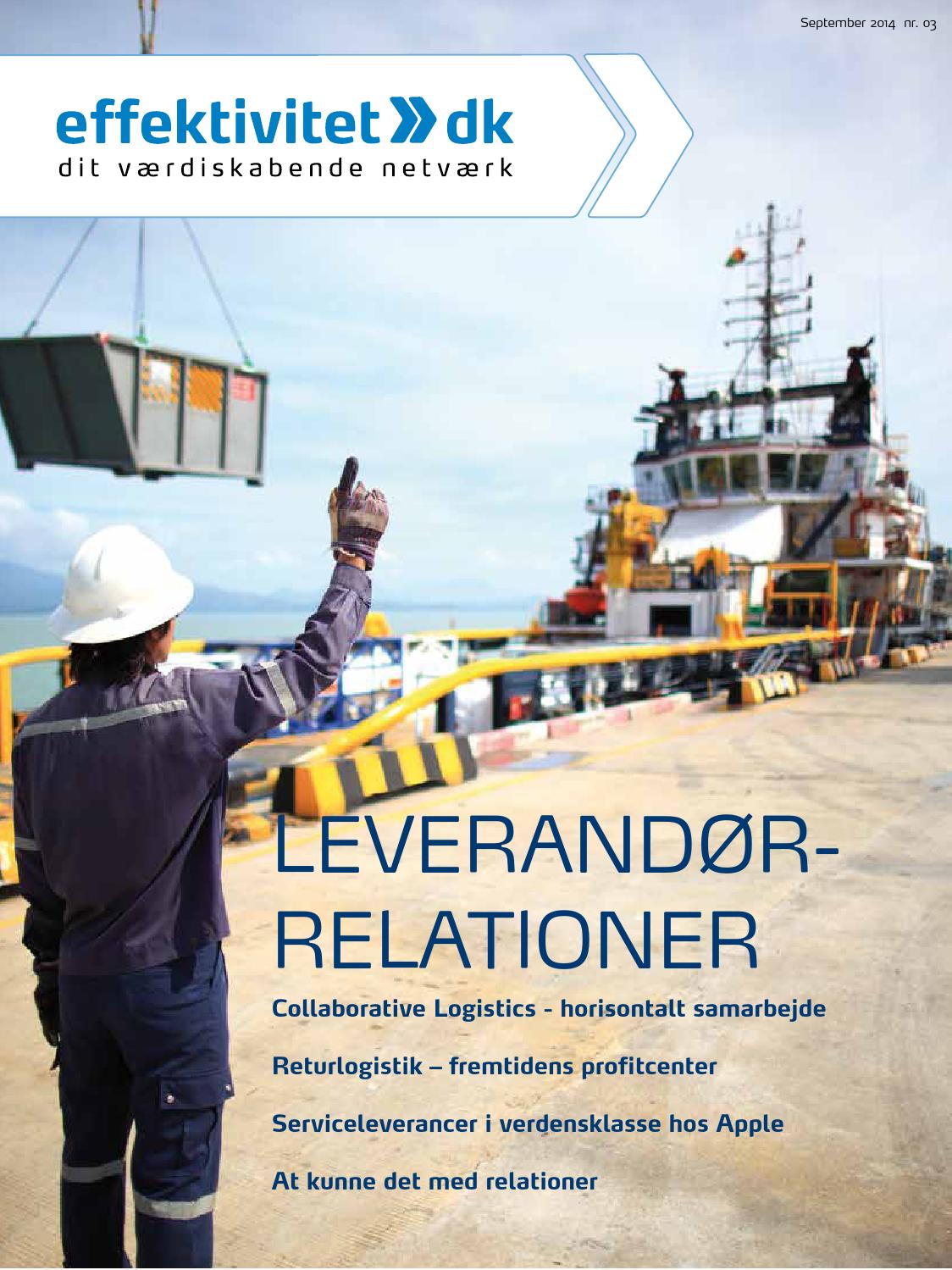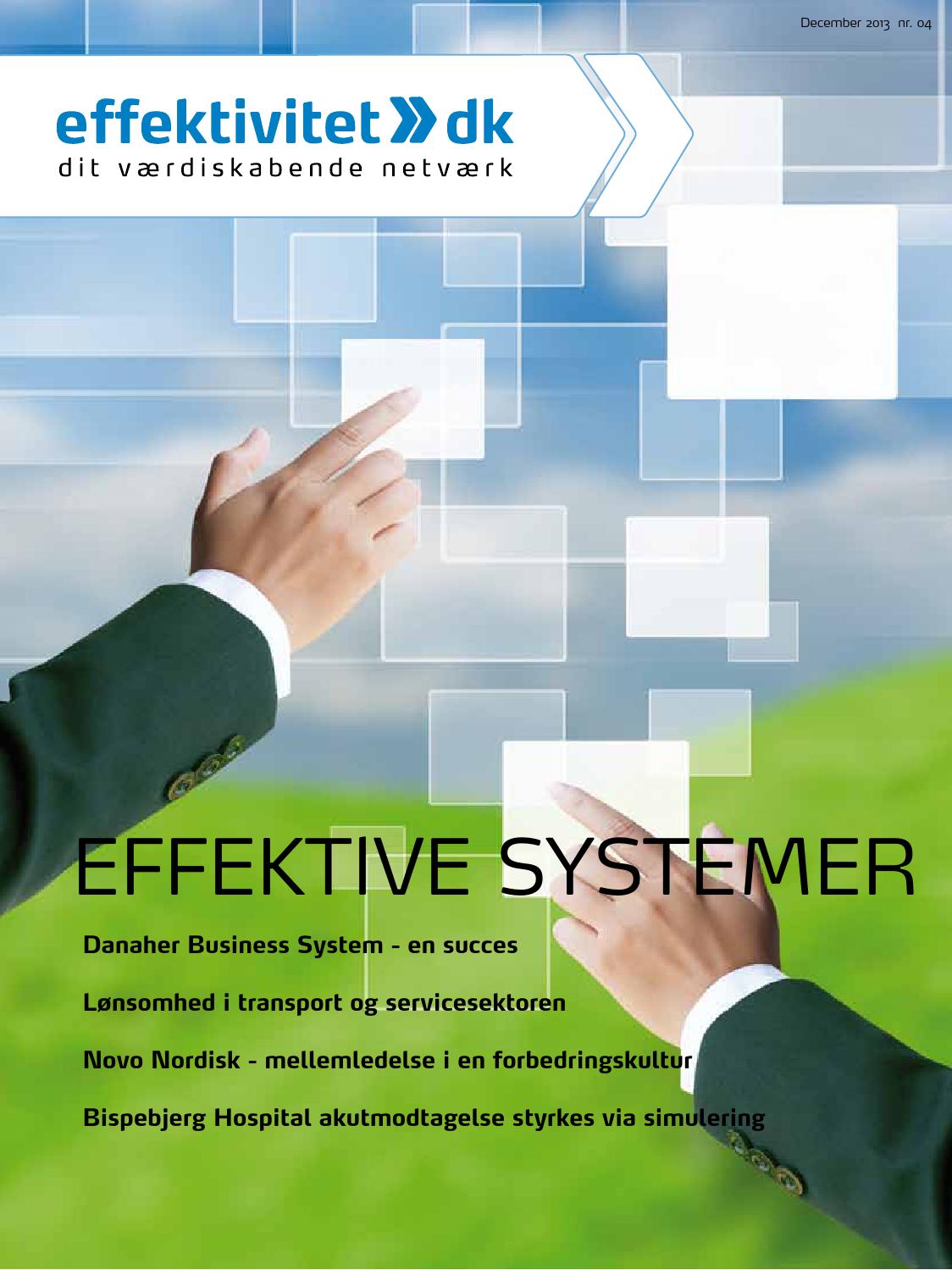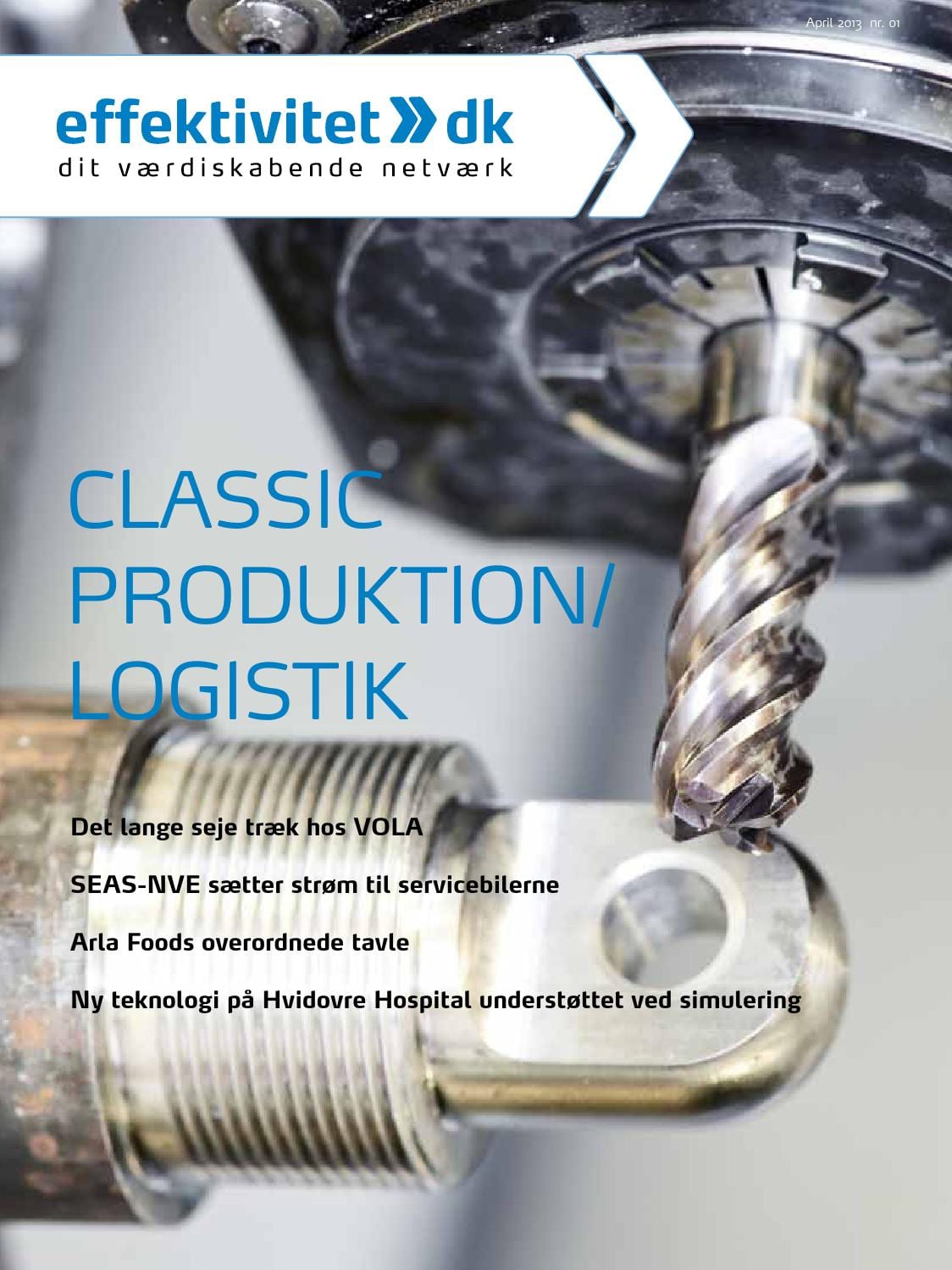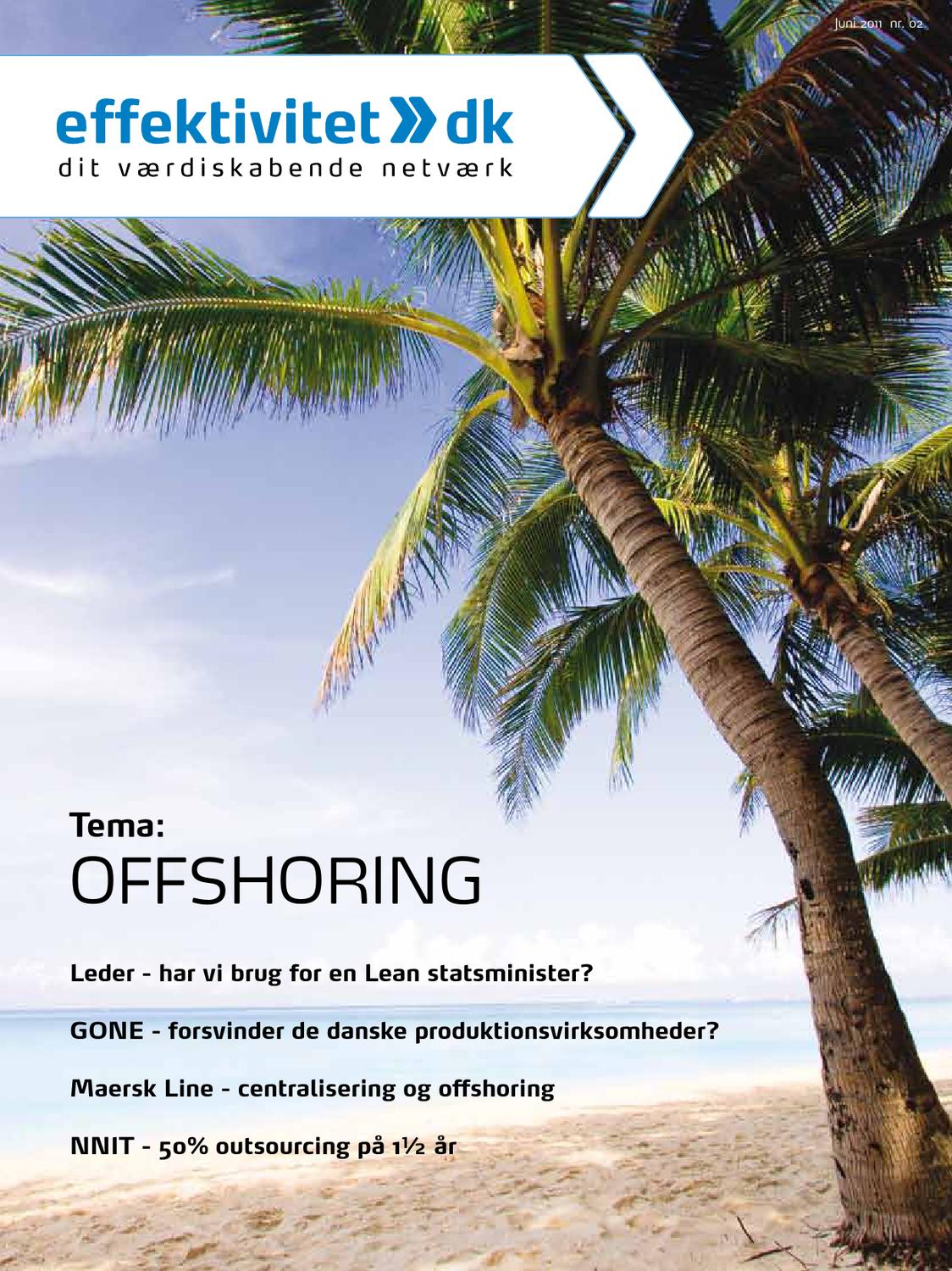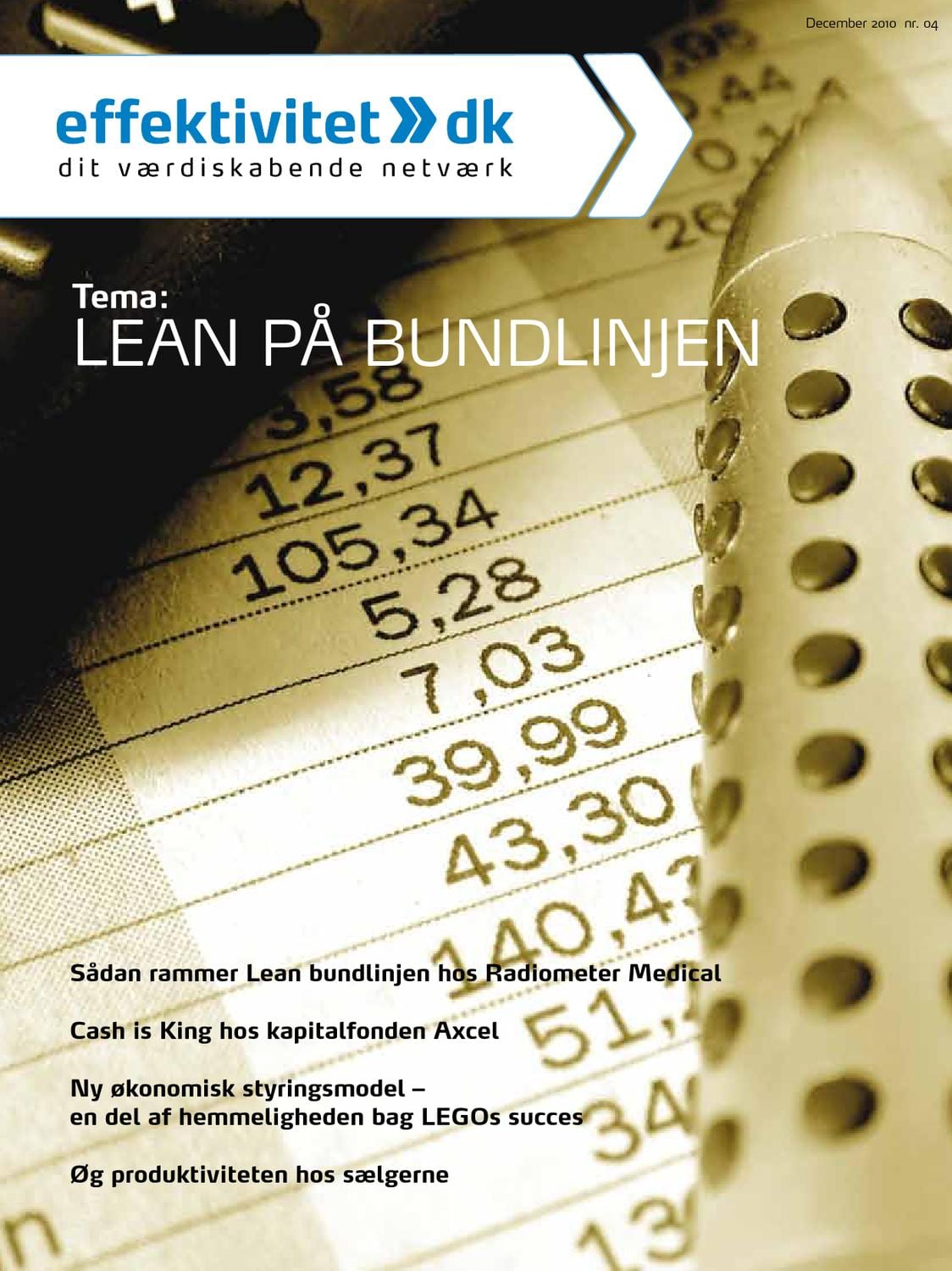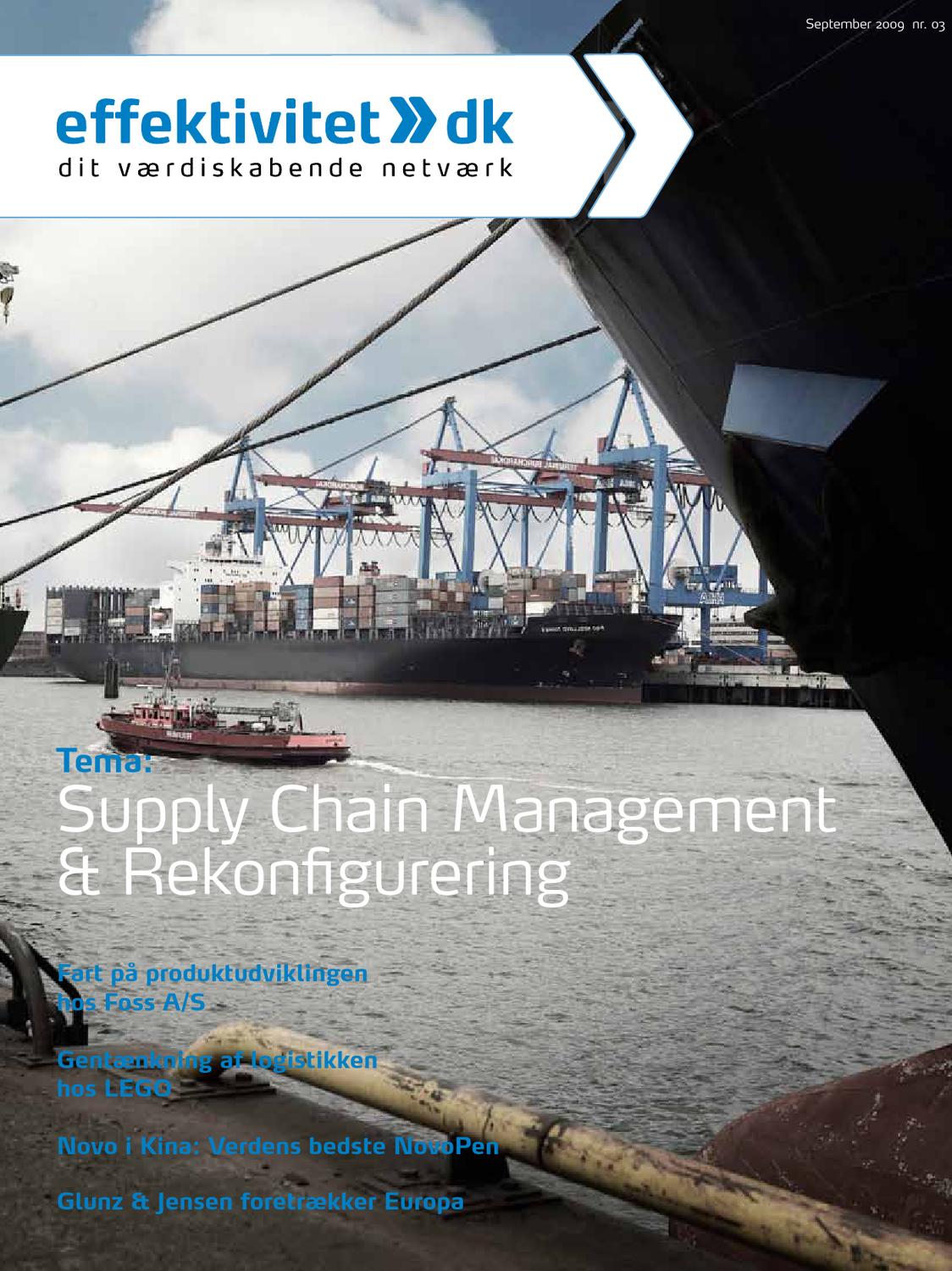Chief Procurement Officers (CPOs) need to move beyond sourcing and take control of their organisation’s maverick buying if cost savings are ever to be realised.
Although the contemporary procurement agenda targets a wide range of procurement-driven benefits, cost savings are still at the top of the agenda – with strategic sourcing, category management, volume leveraging, standardisation and renegotiation tactics being the main instruments for generating them.
However, most sourcing initiatives have an inherent weakness because they assume that somebody else in the organisation will ensure new or re-sourced contracts are implemented and used. Just look at the classic sourcing process and its final stage entitled ‘implement contract’ or something similar. This stage is most often poorly executed – in reality this often means putting the new contract in a drawer.
80% maverick buying not uncommon
In other words, very few companies have a purchase-to-pay (P2P) ‘regime’ that captures the benefits of a sourcing initiative, eg contract usage and compliance. The result is maverick buying – uncontrolled spending, poor contract compliance and, as a result, low benefit realisation. In our experience, it is not uncommon to find that up to 80% of all invoices are generated from uncontrolled buying – even in large organisations with professional procurement functions. Ineffective P2P also comes with a range of other problems with payments, supplier management, master data management, enforcing terms of business and risk of fraud.
Many would recommend installing an e-procurement system, but while this is good for catalogue buying of consumable items, it does not change behaviours and can still be bypassed. Many organisations also find it challenging and costly to keep an e-procurement system’s product and pricing data up to date across a huge range of articles. E-procurement is great when it is rolled out in controlled stages, P2P processes and procedures work already, and the organisation is mature.
From our recent experience advising on procurement initiatives, we have found a few practical business changes, which don’t require investment in a new IT system, have proven effective in controlling maverick buying. Normally, these can be implemented using the business’ enterprise resource planning (ERP) system as it is (simply for purchase order management and invoice payment) and without having to employ additional personnel.
Roles must be clearly separated
Most employees love to contact suppliers, negotiate prices and buy – and it’s this behaviour which is the root cause of uncontrolled spending. This needs to change. Employees (‘requisitioners’) should only raise a requisition when they have a need to purchase, while ‘operational purchasers’ – those with a ’license to buy’ and the authority to raise a purchase order – will then carry out the purchase on behalf of the requisitioner using the correct P2P processes, purchase order management and available contracts that ‘strategic purchasers’ have made. Operational purchasers can easily serve many requisitioners within or across business units, locally or centrally, depending on how this is set up. Normally, this can be implemented without having to employ additional personnel.
P2P processes should be tailored
‘One size’ does not fit all when it comes to P2P. Processes must be designed to cover all possible purchase types and take into account different roles. For example, buying direct material for inventory will not follow the same process as buying an indirect service based on time and material. Normally, 20-25 variants of a generic P2P process will cover all the bases.
Purchase orders have to be used for every purchase
This may sound overambitious, but without a purchase order, the commitment of spend will not be in the ERP system and therefore unknown to management. Terms of business and payment terms will also not be communicated to the supplier, and, as a result, cannot be enforced. Moreover, there is nothing to match goods receipt and invoices to when goods and services are delivered. In our experience, around 90% of all purchases should be raised on a purchase order, with the remaining 10% covering purchases that will normally not require one, eg subscriptions, utilities and personal travelling expenses.
A P2P policy needs to be clear and communicated
I refer to P2P as a ‘regime’ because it needs to be strict in order for it to work. The truth is that the easiest way to buy something is simply to grab the phone and call a supplier – bypassing the purchasing policy and process (if there is any). At the same time, no one really dares to take responsibility for changing this behaviour. Therefore, eliminating maverick buying, gaining control of an organisation’s buying behaviour and realising cost savings will depend on how much the executives really want it. Their direction must be clear and well communicated in one common P2P policy, with compliance being monitored monthly and individual cases of uncontrolled buying addressed directly.
Organisations that fail to address these points can expect continued loss of compliance and benefits. Since a strong P2P strategy realises savings, reduces risk and streamlines invoice payment, the CPO should find it easy to team up with the CFO when establishing a P2P ‘regime’.
Jes Batting, sourcing and procurement expert, PA Consulting Group
Jes Batting (MCIPS) is a procurement expert at PA Consulting Group. Jes advises major international private and public sector companies in procurement strategy and transformation, strategic and operational procurement optimisation, as well as in public procurements such as defence acquisitions.














